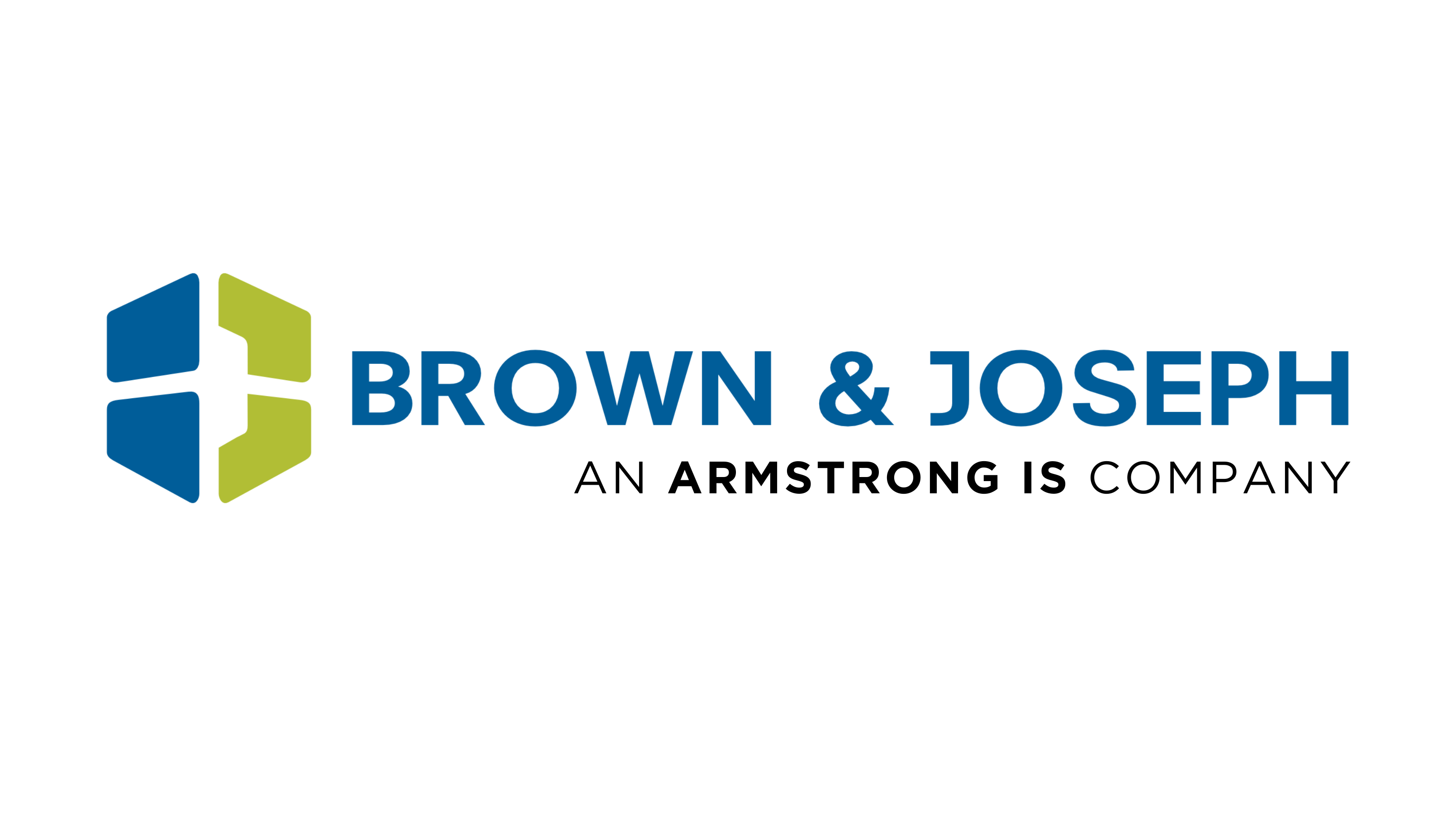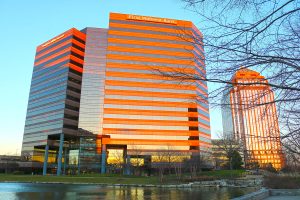Charles (Chuck) Chamness serves as the President and CEO of the National Association of Mutual Insurance Companies (NAMIC), a 1,400-member-company property/casualty insurance trade association.
Can you tell me a little about yourself?
I spent ten years in Washington, D.C., serving in the first Bush administration and on Capitol Hill before moving to Indianapolis to become Vice President of Public Affairs with NAMIC. In 2003, I was named the association’s president and CEO.
What’s been one of your biggest challenges working in the insurance industry?
The Financial Crisis and legislative aftermath were a major challenge, but the biggest may have been when Sen. Trent Lott threatened our industry and a NAMIC member company because he was unhappy with the way the Hurricane Katrina claim on his beachfront house was handled. He called to let me know he was going to “destroy the company and the industry through all means available to him” as a senior leader in the US Senate. I cited his comments in an exchange that later made national news and showed the true motivation for his purely punitive attempt to repeal the McCarran-Ferguson Act. We won, he retired.
What did you learn from facing this challenge?
That while compromise has its place, some fights that are worth having.
How does your political background tie in with NAMIC and mutual insurance?
Advocating for the interests of our members and their policyholders is the primary focus for the association. Given that, my background of having worked in and around government is very helpful, since it gives me insight and perspective on our advocacy work.
Why is joining NAMIC a smart choice for insurance companies?
First, it is our effectiveness in advocacy on behalf of our members. We’re a heavily regulated industry and our members from large to small need NAMIC to be effective in creating a positive legal and regulatory environment for them to do business in. One illustration of this is NAMIC PAC which has grown in just a few years to become the largest insurance company trade association PAC in American with more the $1.1 million spent in the last election cycle. And everything we do, from advocacy to education, is created with the guidance of NAMIC members for NAMIC members. For companies looking for an opportunity to get involved and make a difference, chances are that NAMIC has a committee or task force that will provide that opportunity. There are no permanent seats on our boards and committees which allows all members the opportunity to participate and be heard on the issues that concern them. NAMIC’s membership is diverse, including large national writers, regional carriers, niche companies, and small mutuals, who all work together to advance the interests of our industry.
You have testified before Congress on the industry’s response to Hurricane Katrina. With the recent Hurricanes, how do you feel the industry has responded? Do you foresee these events hardening the insurance market?
I believe the industry’s response has been exceptional, especially given the sheer number and scope of disasters that have struck this year. From the many hurricanes to wildfires, to flooding, and more, our industry has been on the front lines in short order to help people get their lives back on track as quickly as possible. That’s what mutual insurance companies do best – focus on policyholders as their number one priority. Still these disasters are an important reminder that for our government cannot continue to respond to disasters the same way as it has in the past – by throwing money at rebuilding in the same place using the same standards – and that doesn’t help prevent future losses. NAMIC leads the movement for a national mitigation investment strategy that will shift the emphasis to strengthen our building codes to build stronger homes and buildings before disasters strike in order to reduce future losses and better protect communities.
There is a changing workforce. How do you attract new talent for the Insurance Industry to have a strong and relevant workforce?
We have member companies who are taking an innovative approach to attracting young professionals – everything from more flexible work schedules, to cross-training, to providing more collaborative work environments. Companies are working more aggressively with colleges and universities that offer insurance and risk management curricula to ensure that graduates are aware of the many diverse opportunities that a career in insurance has to offer. Insurers know that millennials want to make a difference, and so our member companies represent a perfect fit for them considering our main street, not wall street orientation and policyholder alignment.
How can insurance companies stay relevant with the changing demographics, future innovations and shifts in sectors towards business services?
Overall the trend toward technology providing consumers with more ways to connect in “communities” for insurance or other purposes is a positive one for mutuals. As the millennials acquire assets that need to be insured they may consider new peer-to-peer networks, but I believe that they will tend to rely on proven, well-capitalized, regulated “communities” also known as “mutual insurance companies” for their insurance needs. They may shop online/in communities, and get some service there, but as they need coverage in a complicated world, they will need assistance beyond what is available online or from peers. Our industry is doing a better job defining the mutual advantage – with mutuals being the authentic, original peer-to-peer insurance model – but clearly more needs to be done to communicate this as the next generation enters the insurance market.
You are very involved in the St. Baldrick’s Foundation. Can you tell me a little more about this?
Our son Joey was eight years old when he was diagnosed with cancer called osteosarcoma in 2005. Of course, the immediate focus of my wife Briget and I was doing whatever we could to get the best care possible for our son. A month after his diagnosis I read in Business Insurance magazine about a new foundation dedicated to raising money by shaving heads for pediatric cancer research. It was a brilliant idea as the act of going bald showed empathy for kids like Joey, who would lose their hair as a side effect of chemotherapy. I shaved my head later that month and raised about $40,000 from friends, family, and all the great people at NAMIC member companies. They all wanted to do something to help our family and help fund research to prevent pediatric cancer, find cures, and give survivors long and healthy lives.
Over the last 12 years, St. Baldrick’s has funded more than $300 million in pediatric cancer research. During that time, I was honored to serve on the board for eight of those years and as chairman for three. I still shave my head annually and work on our NAMIC-sponsored events, which collectively have raised $1.6 million. Most importantly for me personally, Joey is a cancer survivor and now a junior at the Kelley School of Business at Indiana University.




